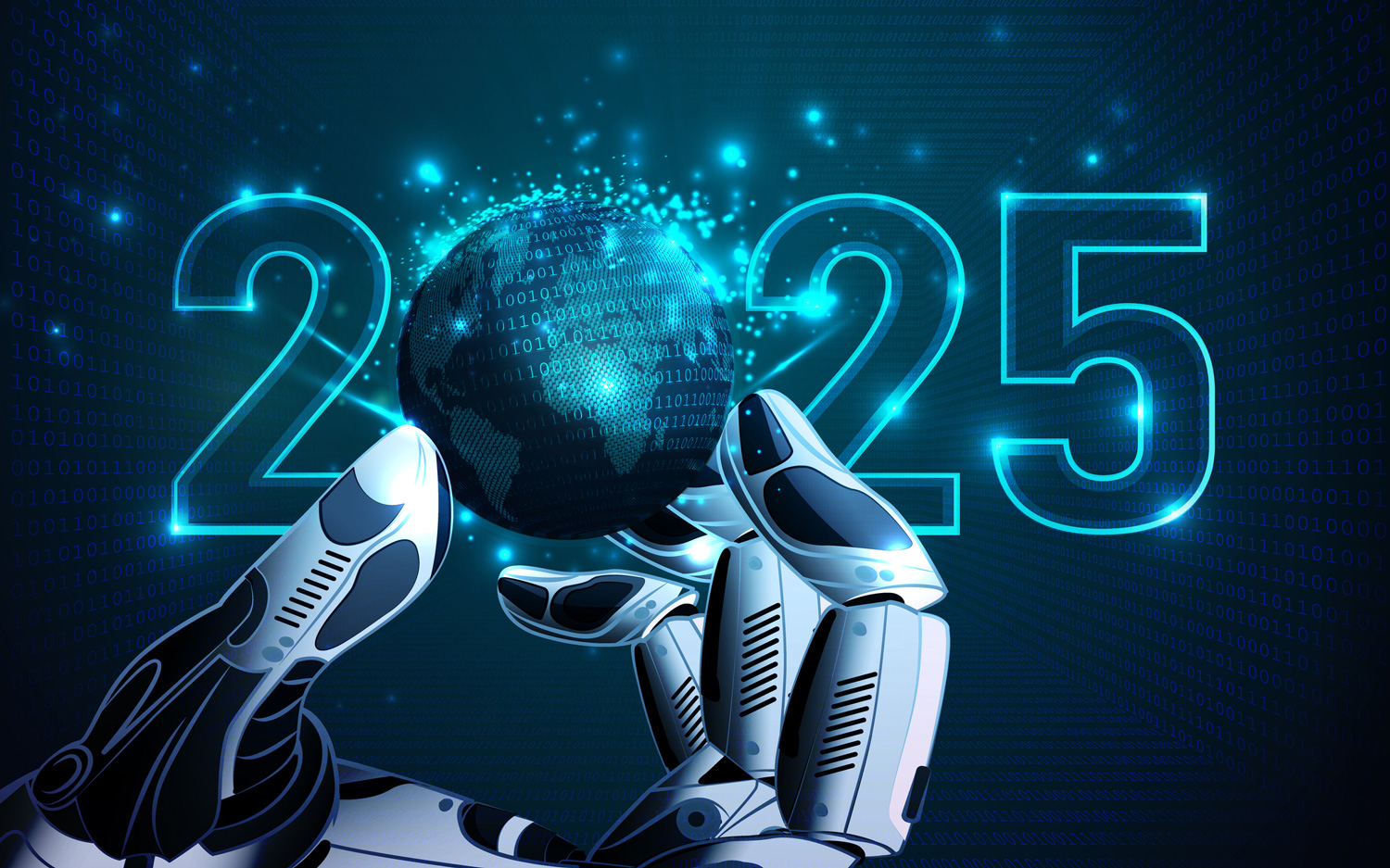The rapid transformation of technology brings with it new opportunities for the future of businesses and individuals. So, how prepared are you for the technologies that will gain importance in the coming period?
The technological innovations that will become prominent in 2025 and beyond have the potential to transform nearly every aspect of our lives. In this article, using data compiled from global reports and expert analysis, we’ve examined the technologies that are critical for businesses and employees to gain a competitive advantage and, consequently, prepare for the future.
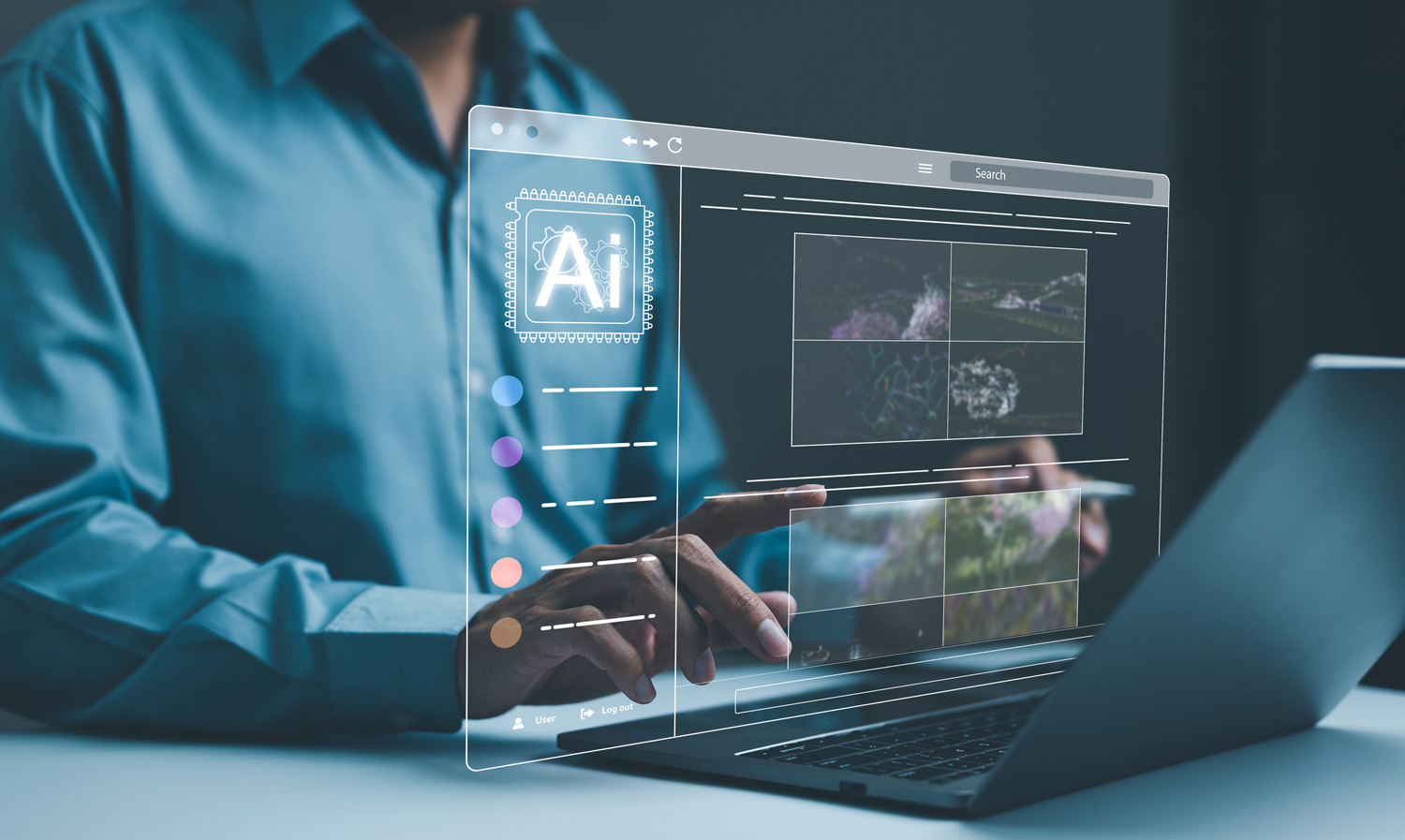
1. The Transformative Power of Artificial Intelligence
Artificial intelligence (AI) will be at the center of the technology world in the coming years. Autonomous and semi-autonomous systems, particularly along with productive AI , will be used to increase efficiency and reduce costs in businesses. Research predicts that by 2028, at least 15% of daily business decisions will be made autonomously by AI.
Prominent Areas of Use in 2025:
Cyber Security: Real-time threat detection and attack prevention.
Education: Strengthening educational activities with smart learning systems.
Software: Assisting and accelerating software development through autonomous systems.
Customer Experience: Improving customer experience with automated and personalized customer support solutions.
Health: Accelerating disease mapping and drug development.
Risks and Challenges Related to Artificial Intelligence:
AI is not only an opportunity but also a risk that must be carefully managed. The ethical and legal management of AI is likely to be a top priority for organizations in 2025.
Disinformation, ethical concerns, and security vulnerabilities highlight the need to keep AI technologies under control. Research suggests that disinformation security will be actively addressed by 50% of businesses by 2028 .

2. Quantum Computing: The Key to the Future
Quantum computing has the potential to revolutionize many industries by pushing the boundaries of traditional computing. Data shows that at least one-third of businesses will begin investing in quantum computing by the end of 2025. The introduction of Turkey’s first quantum computer demonstrates that local developments in this field are accelerating in parallel with global advancements.
Major Sectors to Invest in Quantum Computing by the End of 2025:
– Media, Information, Telecom and Technology
– Government/Public Sector
– Financial Services
– Education
Risks and Challenges Associated with Quantum Computing:
Quantum computing will create a major paradigm shift in data security and accelerate the development of new cryptographic standards. Quantum computing is powerful enough to threaten existing security infrastructures. According to experts, most traditional asymmetric cryptography* methods will become insecure by 2029. Companies should prepare for these threats with post-quantum cryptography (PQC) solutions and begin making the necessary investments.
* Cryptography: The technique of hiding or encoding data to ensure that only the person who needs to see the information and has the key to break the code can read it.
3. Robotics and Autonomous Systems
Robotics will continue to expand its influence in both the physical and digital worlds. Robotic technologies are poised to revolutionize both the manufacturing and service sectors. Multifunctional robots will optimize business processes while providing significant cost advantages.
By 2025, 37% of technology leaders are considering implementing humanoid robots in operations, while 35% expect humanoid robots to be implemented and 18% expect them to be fully implemented in operations.
Areas of Use of Robotic and Autonomous Systems:
Warehousing and Logistics: Picking, packing and transporting goods.
Health: Patient care, cleanliness, and handling hazardous situations.
Cyber Security: Autonomous threat detection, response and prevention systems.
Human-Machine Synergy:
Robotic and autonomous systems work together with humans to enable more efficient and flexible operations. Experts predict that these systems will become an integral part of daily business operations by 2030. By 2030, 80% of people will interact with intelligent robots on a daily basis. Today, this figure is less than 10%.
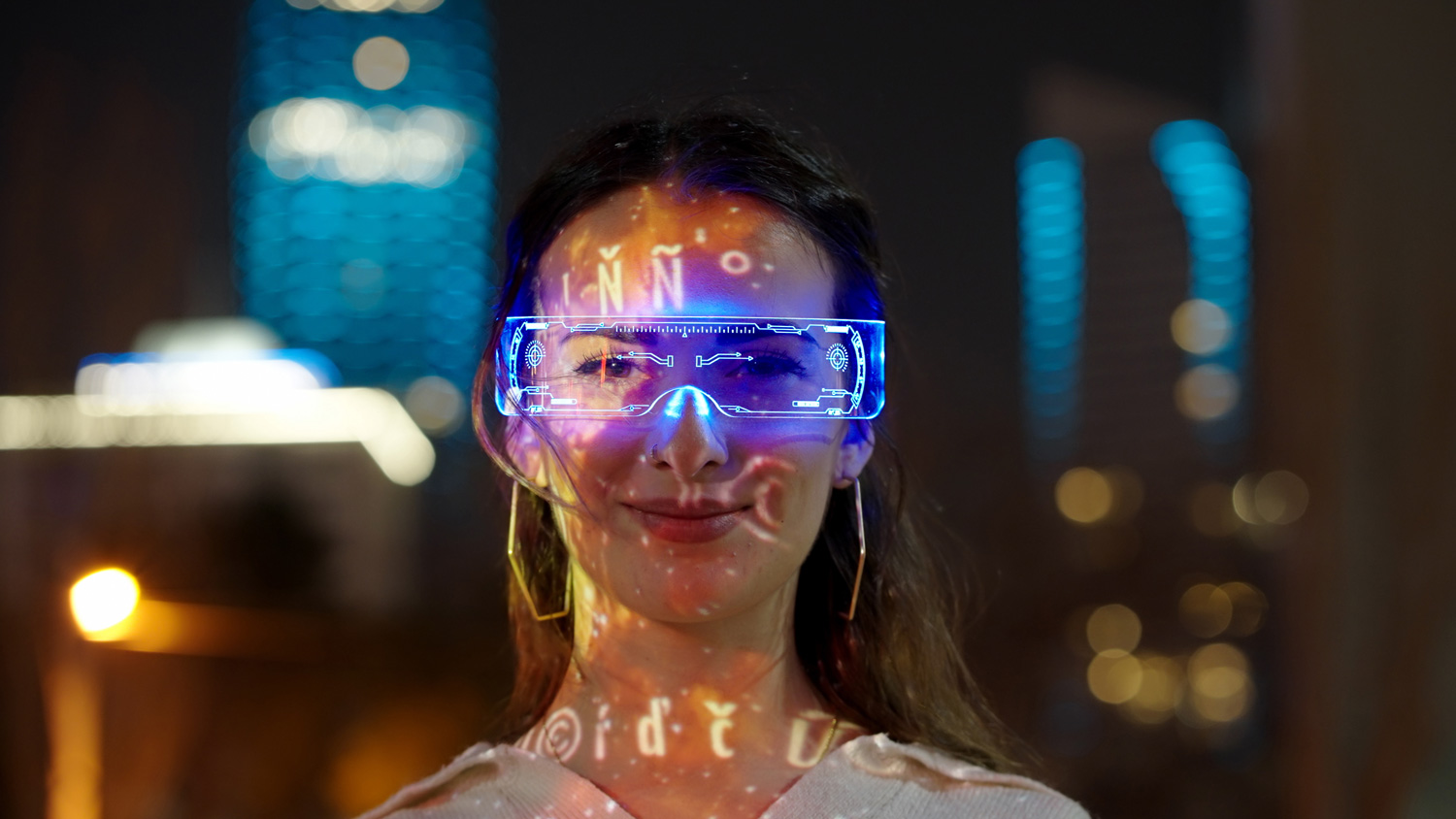
4. Digital Humans and the Metaverse
Digital humans and augmented reality (AR)-based systems offer new opportunities to transform customer experience and business processes. These technologies will have a growing impact, particularly in the retail and education sectors.
Digital Humans and the Potential Benefits of Metaverse Technologies:
E-commerce: Personalized shopping experiences.
Training: Hands-on learning simulations.
Business: Efficient meeting platforms for remote working.
Risks and Challenges of Digital Humans:
Deepfake technologies and digital disinformation present significant threats, as well as the opportunities afforded by digital humans. They are being used globally by cybercriminals in fraudulent activities and disinformation campaigns aimed at political influence, particularly regarding elections. As companies and government agencies consider when and how digital humans will play a role in their operations, they must also promptly incorporate new measures into their planning to address the new cyber threats created by these same technologies.
5. Energy Efficiency and Sustainable Technologies
As digital transformation continues, energy efficiency is becoming increasingly important, and sustainability is a key priority for businesses. Energy-efficient IT systems both reduce costs and minimize environmental impact. This plays a critical role in reducing the carbon footprint of IT operations.
Featured Areas of Use
Sustainable Product Development: Using energy-efficient computing to design products that consume less energy.
IoT Sensors: Energy efficiency through real-time environmental monitoring.
Green Data Centers: Operational and environmental efficiency with lower energy consumption and cost advantages.
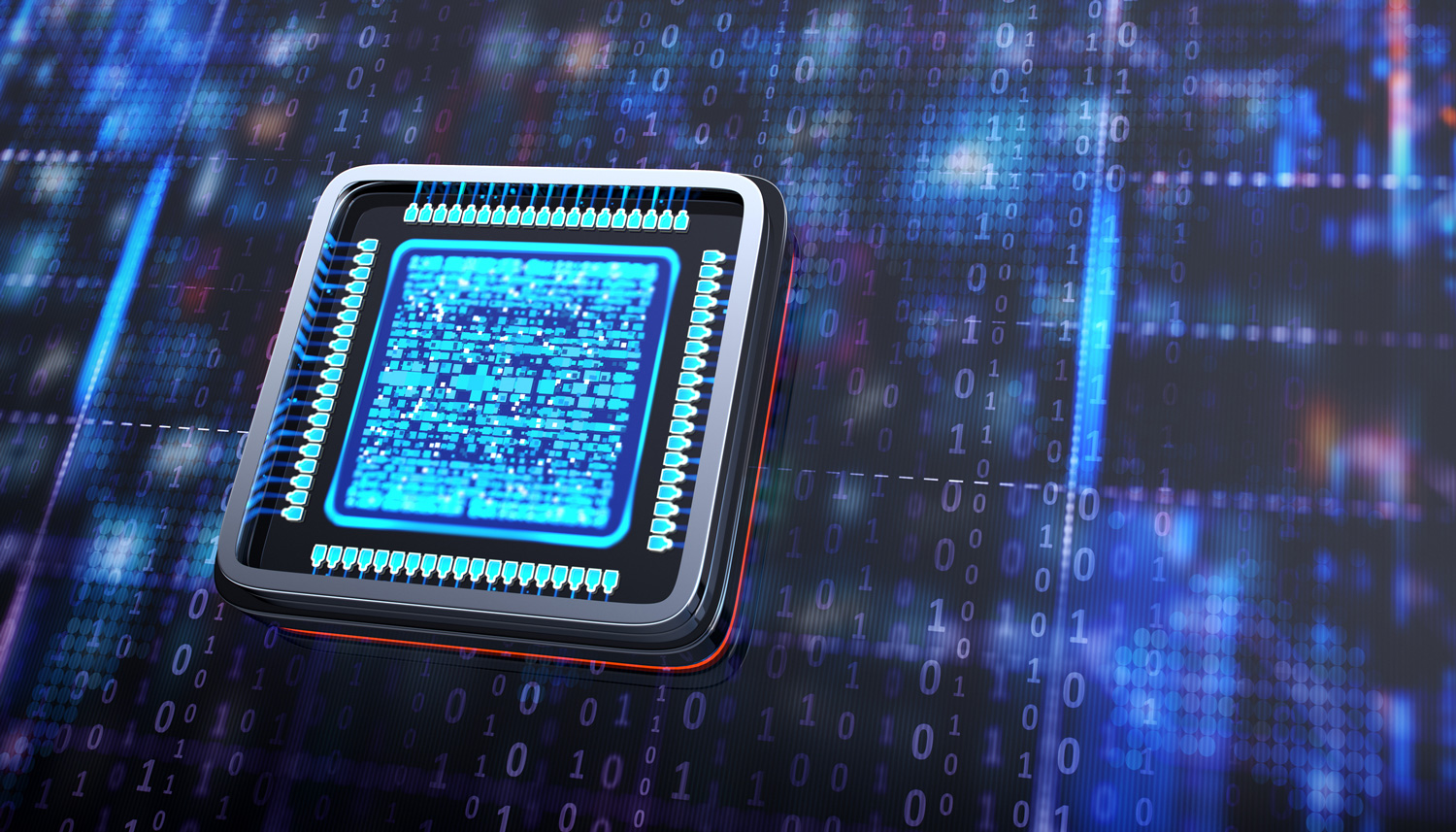
6. Hybrid Computer: Combining Power and Flexibility
Hybrid computing stands out as a system that combines different computing technologies to address the complex computing needs faced by modern businesses and individuals. Technologies such as CPU (Central Processing Unit), GPU (Graphics Processing Unit), ASIC (Application-Specific Integrated Circuit), neuromorphic, quantum computing, and photonic systems are combined under the umbrella of hybrid computing, providing both security and flexibility.
According to research, hybrid computer systems will play a critical role in many sectors in 2025 and beyond with their capacity to solve complex computational problems.
Areas of Use of Hybrid Computers
Business and Enterprise Solutions: Hybrid systems provide businesses with a competitive advantage by accelerating big data analysis. They also increase data security with cloud-based backup solutions.
Healthcare: Offers high speed and precision in genetic research and treatment modeling. Enables secure storage and analysis of patient data.
Education: Hybrid systems integrated with quantum computers are used in scientific computations.
Finance and Banking: Hybrid computing is used to model financial risks and markets. Fast and accurate analysis increases the effectiveness of credit processes.
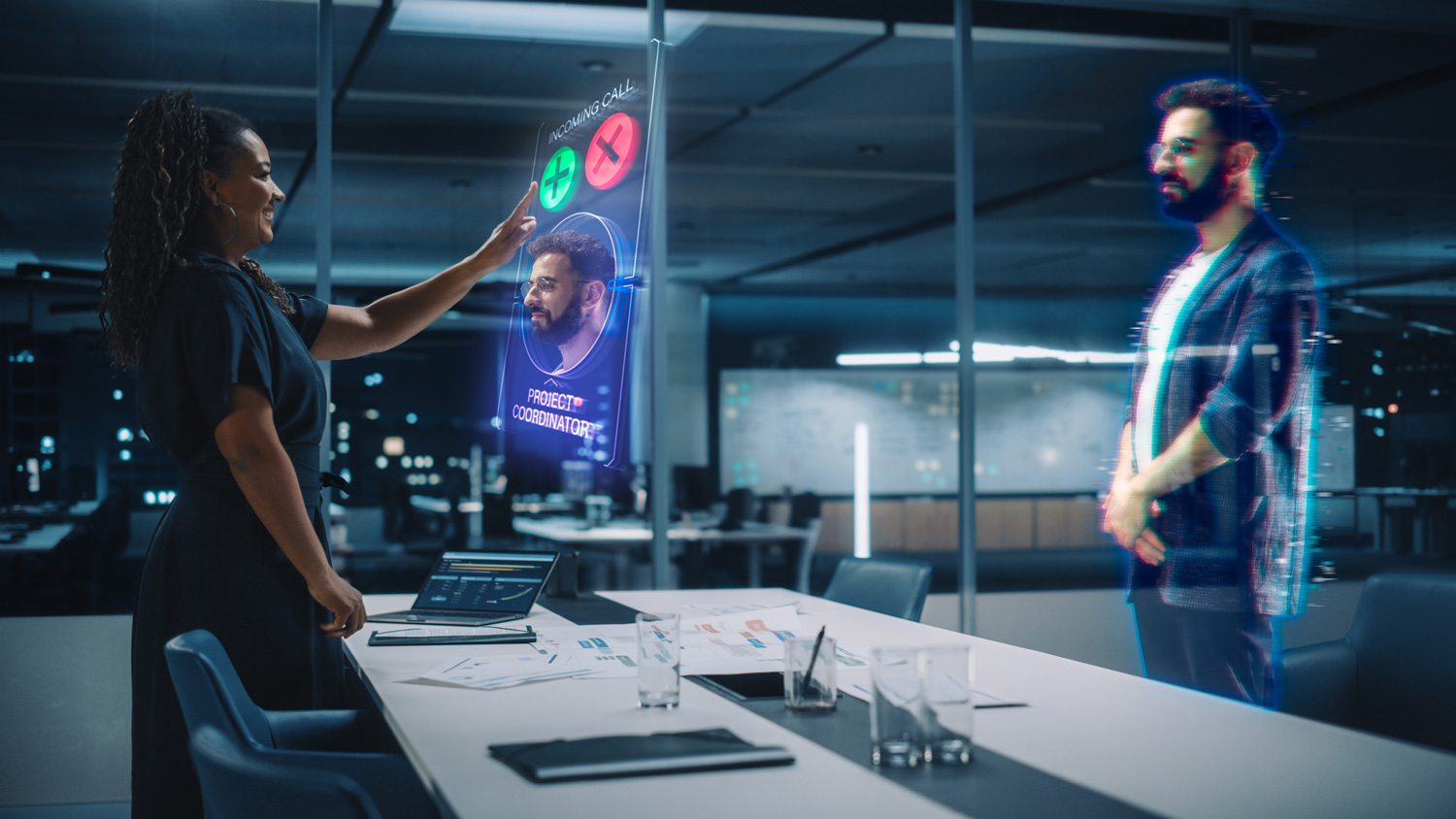
7. Spatial Computing: The Interaction of the Digital and Physical World
Spatial computing is a technology trend that takes on a new dimension by integrating digital content into the physical world. Combined with advancements like augmented reality (AR), mixed reality (MR), and artificial intelligence (AI), it allows users to interact with the real world and the digital world.
Areas of Use of Spatial Computing:
Business: Remote teams can gather in 3D virtual meeting rooms to achieve more interactive and effective work. Companies can create digital copies of physical assets to track performance, predict maintenance needs, and run simulations.
Education: With mixed reality-enabled simulations, students and staff can experience real-life scenarios risk-free.
Retail and e-commerce: Customers can test products they want to buy in their own environments using spatial information technologies. AR-based guidance systems in stores can provide customers with product information and simplify the shopping process.
Healthcare Services: Spatial information systems that monitor the condition of patients in real time without the need for wearable devices enable healthcare personnel to intervene more quickly.
Gaming and Entertainment: Spatial computing transforms physical environments into a digital playground, providing the user with a unique experience.
8. Invisible Intelligence: The Unnoticed Power of Technology
Ambient stealth intelligence is a technology solution where small, low-cost sensors and tags embedded in everyday objects form an ecosystem that operates discreetly. These systems monitor and analyze environmental conditions, providing users with more efficient, personalized, and sustainable living spaces.
Areas of Use of Invisible Intelligence
Retail and e-commerce: Sensors in stores can analyze customer movements to provide personalized recommendations. Automatic reorder systems can be used to prevent out-of-stock items from shelves.
Smart Buildings and Cities: IoT sensors can analyze energy consumption in buildings in real time, optimizing lighting and heating systems. Traffic, waste management, and air quality can be monitored to create more livable cities.
Industrial Applications: Sensors can increase the efficiency of production lines by continuously monitoring the operating status and performance of machines. They can also ensure quality by continuously monitoring product temperature, humidity, and location during transport.
Office Management: Office occupancy rates can be monitored to ensure efficient use of workspaces. Lighting, temperature, and air quality can be automatically optimized for employee comfort.
9. Disinformation Security: A Critical Line of Defense in the Digital Age
Disinformation is rapidly spreading as one of the greatest threats of the digital age. Misleading information not only impacts individuals but can also target businesses, governments, and societies, causing widespread harm. Research shows that disinformation security has become a priority for businesses to rebuild trust in information in the digital world.
Disinformation Security in the Future
Technological advancements: With artificial intelligence and machine learning, disinformation detection systems will become faster and more effective. Blockchain technology will also be used to verify the source of information.
Systems Becoming Mandatory for Businesses: According to research company Gartner, by 2028, 50% of businesses will be using specialized products and services for disinformation security.
New Threats and Solutions: The proliferation of deepfake technology will necessitate the development of more sophisticated detection and verification tools.

10. Neurological Development: The Technology That Redefines Humanity
Neuroenhancement is a branch of science comprised of technologies that read, analyze, and, if necessary, write back brain activity to enhance human cognitive capacity. These technologies have the potential to radically transform learning, decision-making, and productivity processes by enhancing individuals’ capabilities through brain-machine interfaces (BMI). Research in this area predicts that neuroenhancement will revolutionize healthcare, education, and business, in particular.
Advantages of Neurological Development
A Revolution in Healthcare: It can be used to treat brain injury, stroke, and other neurological diseases. Simulations based on brain activity can help surgeons specialize more quickly and safely. It can also be used to create personalized treatment programs to restore motor skills.
Personalization in Education: Personalized educational materials can be presented based on students’ brain activity. Neurological data-backed teaching methods can be developed to enhance the retention of learned information.
Increased Performance in Business: Technologies that increase the brain’s focus can lead to more efficient work processes. Neurological analyses can increase team harmony and employee productivity.
Personal Development and Well-Being: Can help manage issues such as stress, anxiety, and depression. Can offer programs that improve individuals’ memory and problem-solving skills.
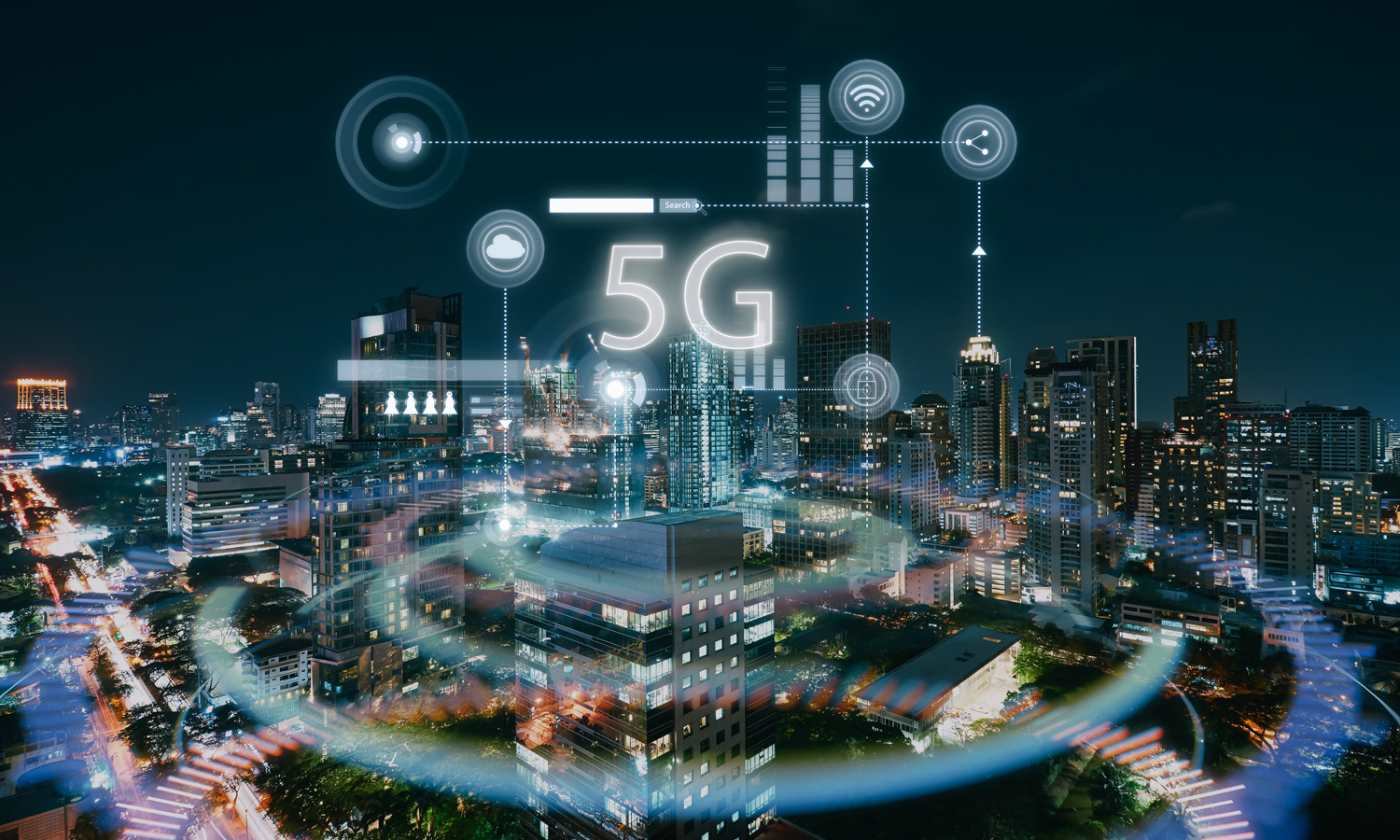
11. 5G Private Networks and Industrial Automation
5G private networks offer businesses a dedicated communications infrastructure that supports high bandwidth, low latency, and high device density. This infrastructure will play a critical role, particularly in the success of industrial automation.
Main areas of use:
– Ultra-low latency communication enabling synchronous operation of industrial robots.
– Digitalization and real-time monitoring of production lines.
– Effective operation of autonomous transport systems and storage robots.
– Optimization of inventory management with IoT sensors.
– Smart Cities and Public Services
– Real-time management of traffic lights, waste management and energy systems.
– 5G-based video surveillance and high-speed communication solutions in public safety.
One of the key uses of 5G private networks is industrial automation , enabling production processes to be more efficient, faster, and error-free. Automation solutions powered by 5G technology will accelerate digital transformation, and the leading technologies in this area include:
• Digital Twins:
5G enables real-time updates to digital copies of production facilities and processes, allowing for quick identification and resolution of issues.
• IoT and Sensor-Based Manufacturing:
Optimizing production processes with data collected from IoT devices and sensors via the 5G network.
• Autonomous Robots and Vehicles:
Synchronized operation of robotic systems and autonomous vehicles in industrial areas with high-speed communication.
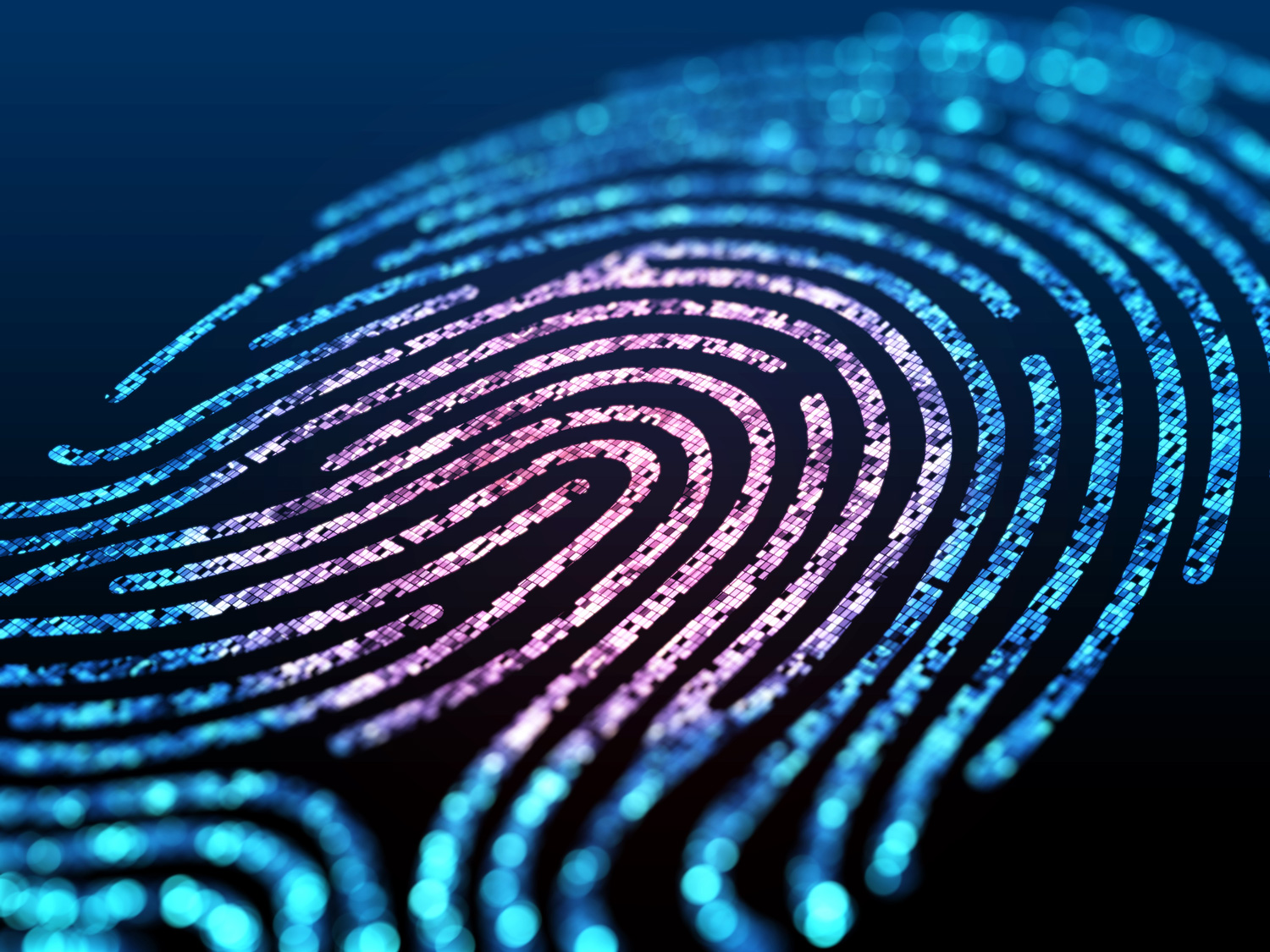
12. Macro Security, Cyber Anomaly Detection, and Deep Packet Inspection
In an era of rapidly evolving cyber threats, it is critical for organizations to strengthen their security infrastructure with proactive and innovative approaches. Macrosecurity, cyber anomaly detection, and deep packet inspection technologies enable organizations to combat these threats and ensure data integrity. Macrosecurity provides a comprehensive security approach across networks, devices, and applications. Organizations need to assess cyber threats comprehensively and provide solutions that encompass the entire infrastructure.
Cyber Anomaly Detection
Cyber anomaly detection plays a critical role in preventing cyberattacks by identifying abnormal activity in network traffic and user behavior. The following strategies can be implemented in this context:
• Behavioral Analysis:
Development of algorithms that analyze user behavior and detect deviations from normal.
Identifying insider threats and unknown threats.
• Detection with Machine Learning:
Improving anomaly detection accuracy with machine learning-based models.
Rapid adaptation to new types of threats with continuously learning systems.
• Real-Time Monitoring:
Real-time monitoring of all network activities and immediate notification of threats.
In addition to these measures, security measures must be implemented at the package level for corporate data flows. In this context, the following points are of particular importance:
– Analysis of data packets in network traffic at the content level.
– Detection of malware, malicious content and data breaches.
Application Layer Monitoring:
– Monitoring application layer data and providing control over sensitive information with DPI technology.
– Encrypted Traffic Analysis: Development of technologies that can securely analyze SSL/TLS encrypted traffic.
Turn Technology into Opportunity
The technological advancements and digital transformation of 2025 and beyond present both significant opportunities and significant challenges for businesses. At Karel, we stand by you to optimize your business processes and gain competitive advantage by leveraging the opportunities offered by technology. By taking the right steps in your technology-focused strategies with Karel solutions, you can build the future today.
